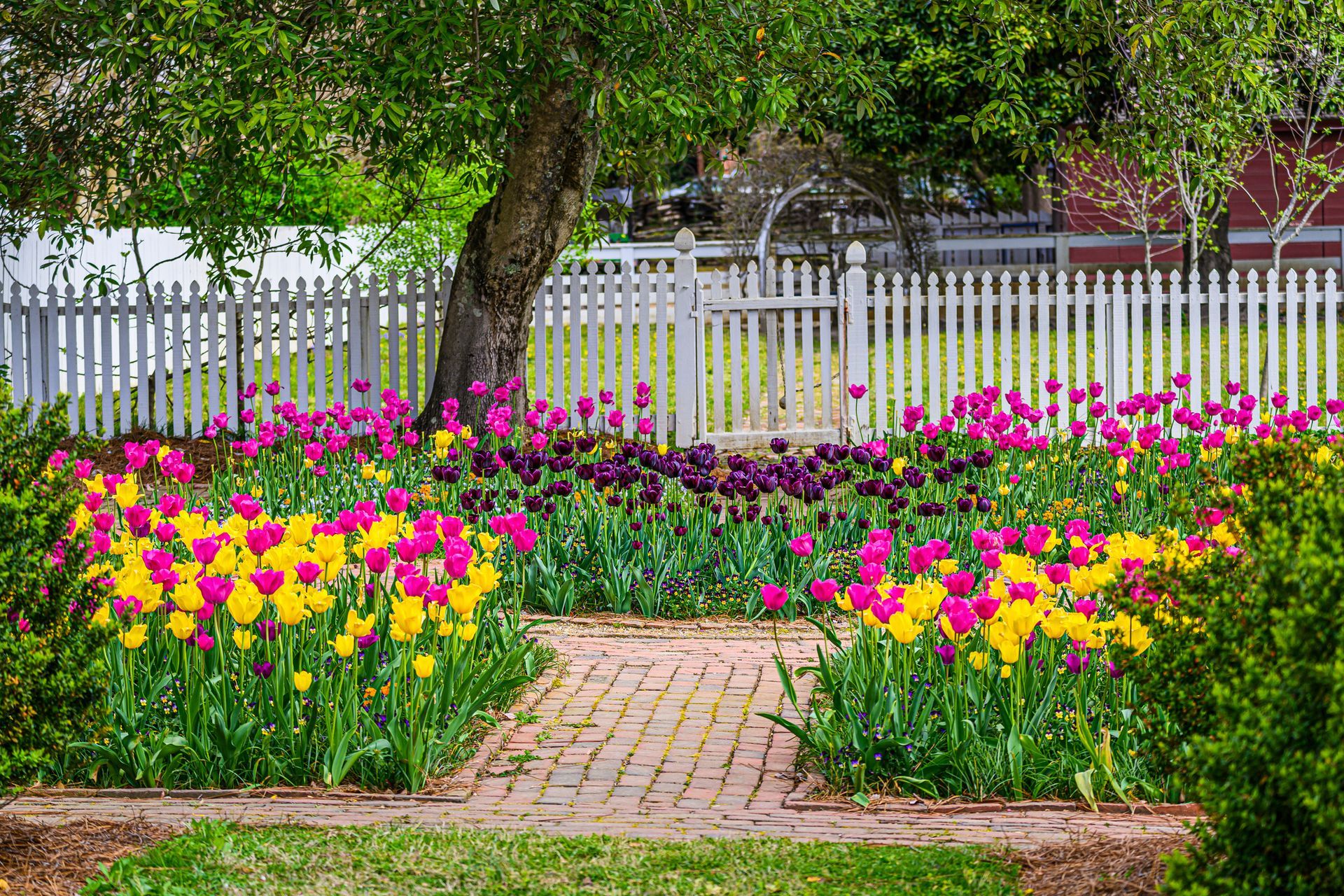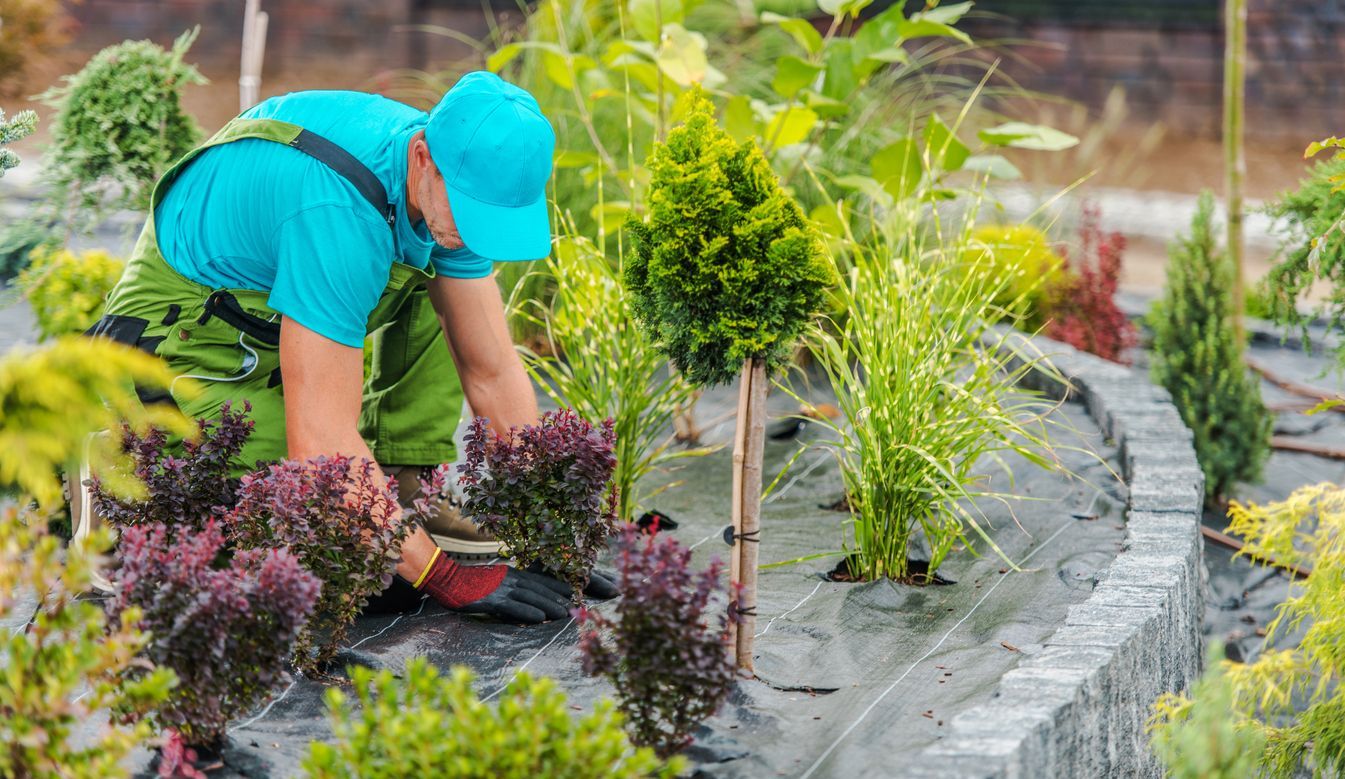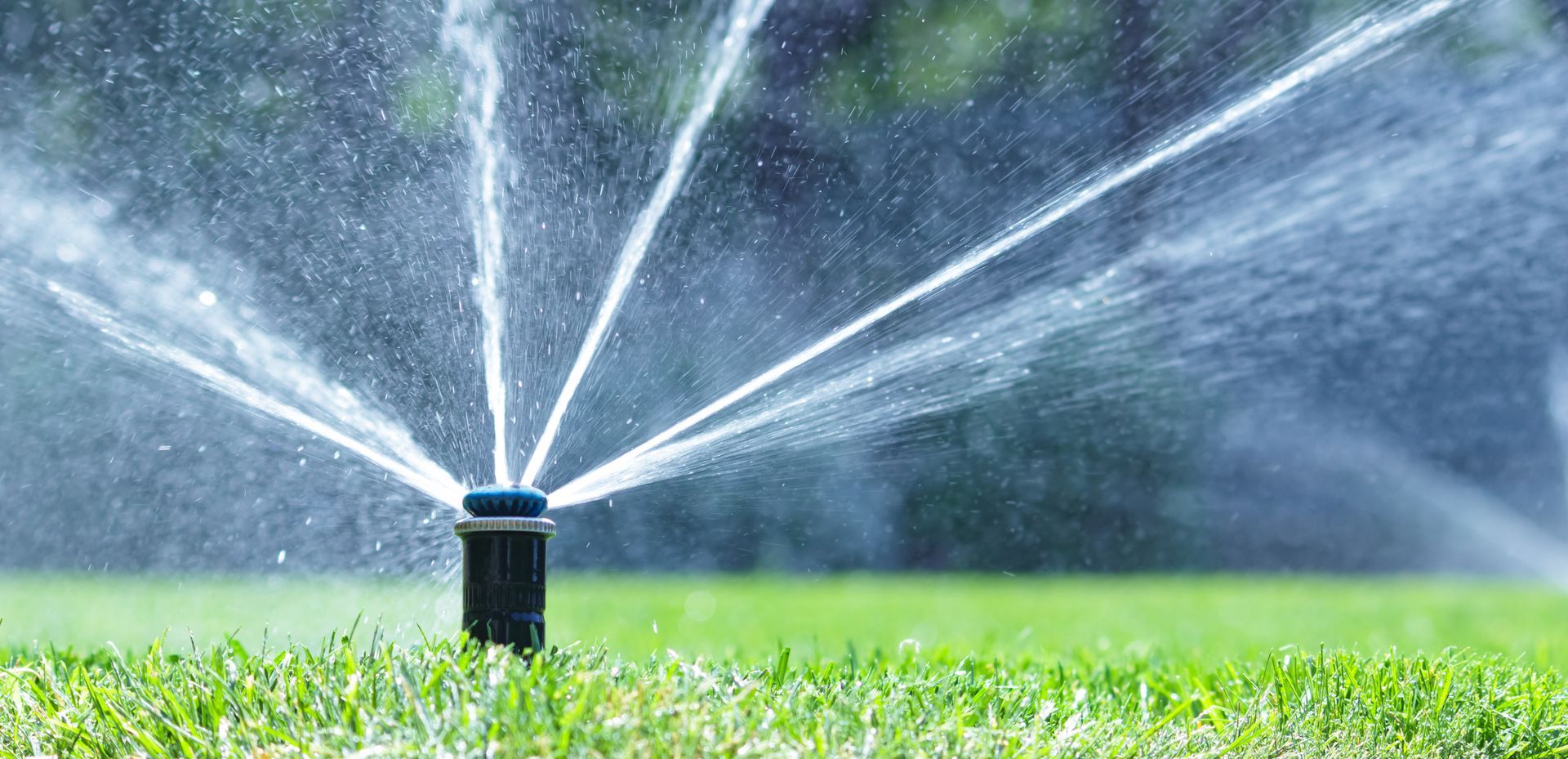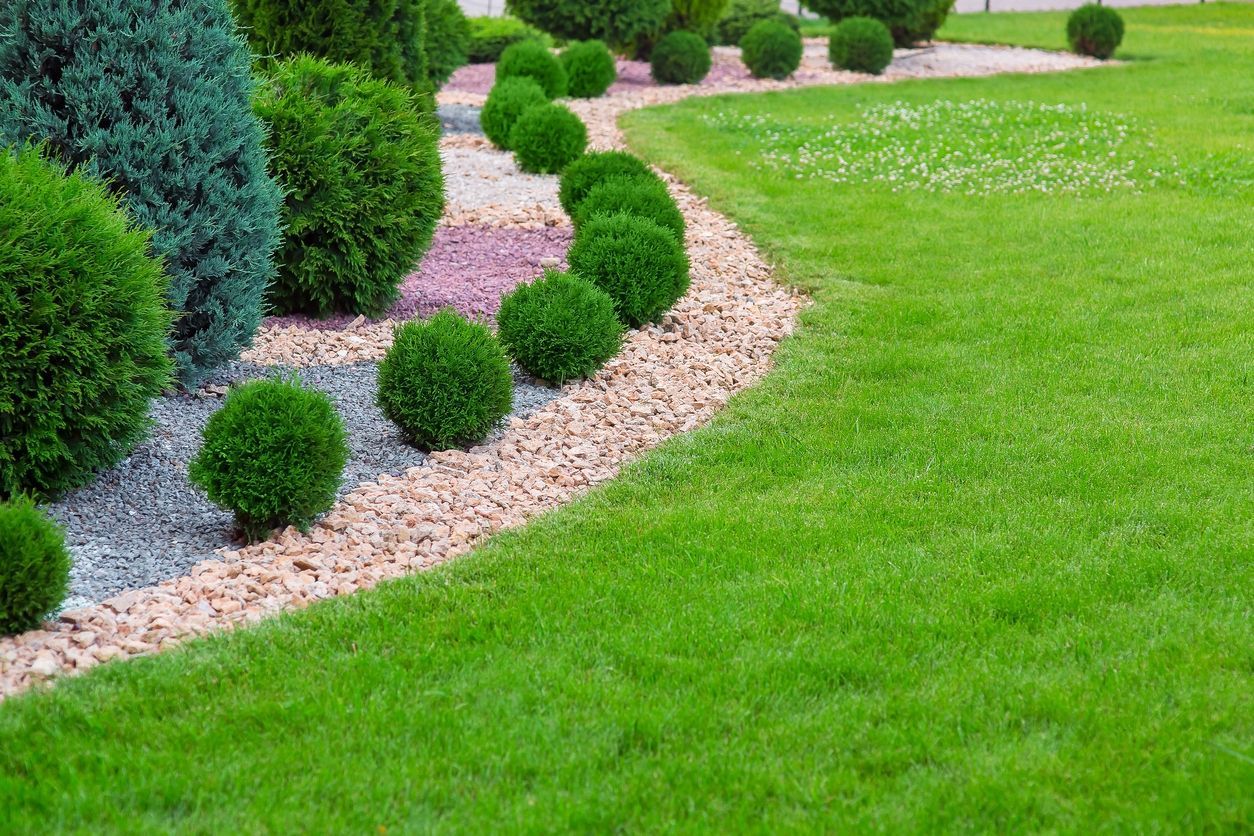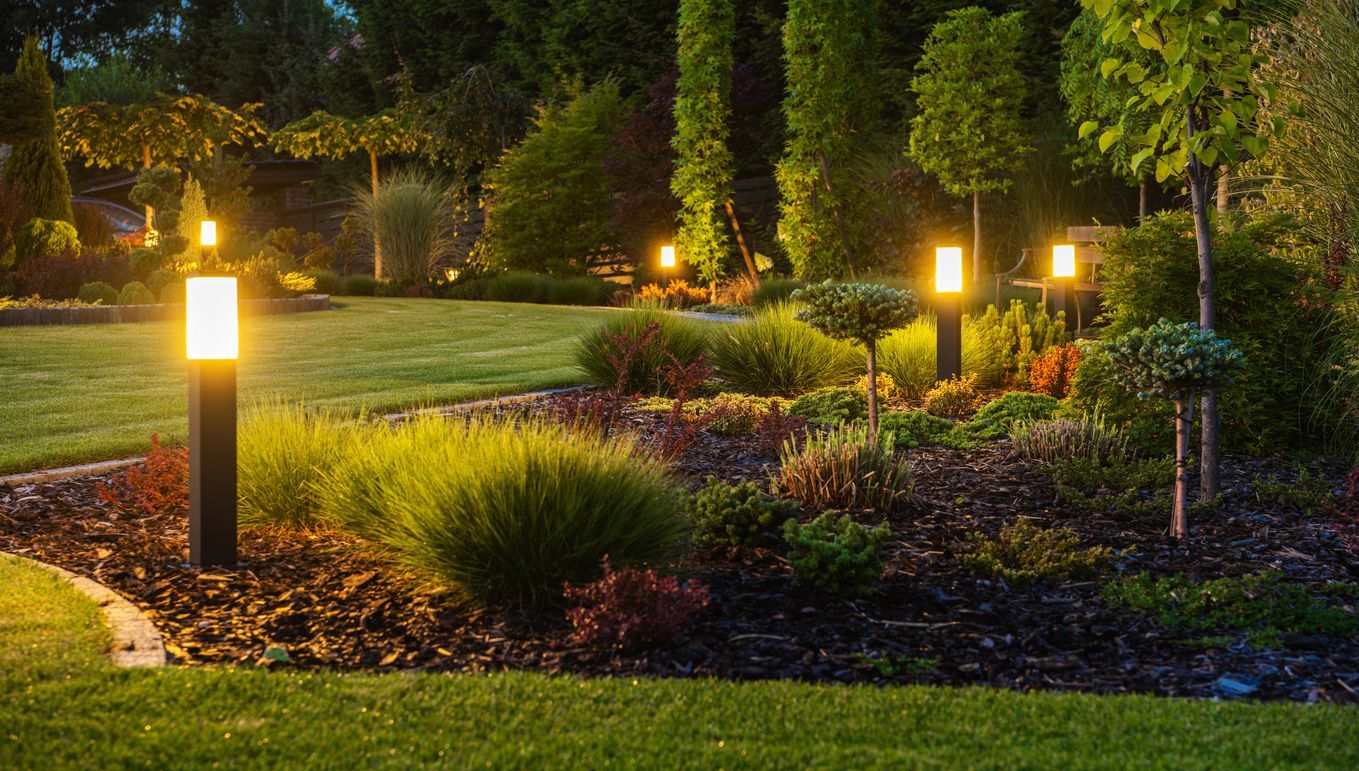Utilizing Spring Flowers in Your Landscape Design
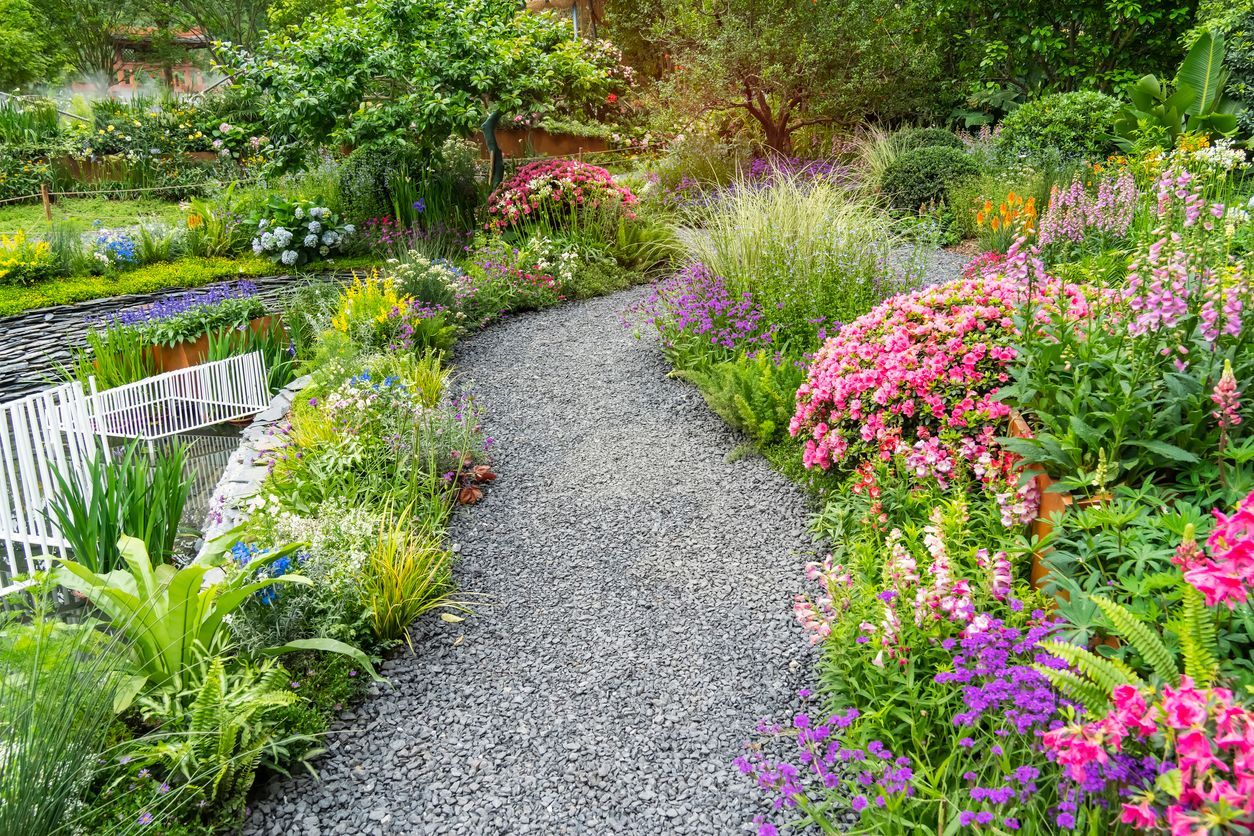
As the frost thaws and the days grow longer, there's a palpable sense of anticipation in the air. Spring has arrived, bringing with it a symphony of colors, scents, and sensations. It's a season of renewal, a time to shed the dreariness of winter and embrace the promise of new beginnings. And what better way to welcome spring than by adorning your property with the vibrant hues of blooming flowers? With a little exploration into the art and science of spring flower planting, we’ll offer expert tips, creative ideas, and practical advice to help you create your dream spring garden that will be sure to delight the senses and nourish the soul.
The Beauty of Spring Flowers
Spring flowers hold a special place in the hearts of many gardeners and nature enthusiasts. From delicate daffodils to majestic tulips, these blossoms embody the arrival of spring in all its glory. But what is it about spring flowers that captivates our imagination and fills us with joy?
For starters, spring flowers are enriching and stimulating for many of the five senses. Their vibrant colors, intoxicating scents, and delicate textures awaken our senses and can be a great way to kick off the spring warmth. Whether you're strolling through your garden bursting with blooms or simply admiring a vase of freshly cut flowers on your kitchen table, the sight and scent of spring flowers have a magical quality that never fails to uplift the spirit of any home or landscape.
But beyond their aesthetic appeal, spring flowers also play a vital role in the ecosystem. As the first blooms of the season, they provide much-needed sustenance for pollinators such as bees, butterflies, and hummingbirds. By planting a diverse selection of spring flowers in your garden, you can help support these essential creatures and contribute to the health and biodiversity of your local environment.
Choosing the Right Flowers
When it comes to spring flower planting, the options are endless. From traditional favorites to exotic varieties, there's a spring bloom to suit every taste and preference. But with so many choices available, how do you know which flowers are right for your garden? Here are some factors to consider when selecting spring flowers:
Climate and Growing Conditions
Before you start shopping for spring flowers, take the time to assess your garden's climate and growing conditions. Different flowers have different requirements when it comes to sunlight, soil type, and water, so it's important to choose varieties that are well-suited to your specific environment. If you're unsure about which flowers will thrive in your area, consult with a local nursery, gardening expert, or landscaper for personalized recommendations.
Color Palette
One of the most exciting aspects of spring flower planting is choosing a color palette for your garden. Whether you prefer bold, vibrant hues or soft, pastel shades, there's no shortage of options to choose from. Consider the overall aesthetic of your outdoor space and select flowers that complement your existing landscaping features. For a cohesive look, try to stick to a consistent color scheme throughout your garden.
Bloom Time
To ensure a continuous display of color throughout the spring season, it's important to choose flowers that bloom at different times. By selecting a mix of early, mid, and late-blooming varieties, you can enjoy a steady stream of blooms from March through May. Be sure to research the bloom times of your chosen flowers and plan your planting schedule accordingly.
Maintenance Requirements
When selecting spring flowers for your garden, consider how much time and effort you're willing to invest in maintenance. Some flowers require minimal care and can thrive with little intervention, while others may need regular watering, fertilizing, and deadheading to look their best. If you have a busy schedule or prefer low-maintenance gardening, opt for flowers that are well-suited to your lifestyle.
Popular Spring Flowers
Now that you have a better understanding of what to look for when choosing spring flowers, let's take a closer look at some popular varieties that are sure to brighten up your garden. Some popular spring flowers include tulips, daffodils, hyacinths, crocuses, pansies and more. By choosing a selection of flowers that fits your unique aesthetic appeal, you are sure to build out a garden that will spark joy in you and your family all season long.
Preparing Your Garden
Now that you've chosen your spring flowers, it's time to roll up your sleeves and get to work preparing your garden. Here are some essential steps to ensure your flowers have the best possible start:
Clear the Area
Begin by clearing the area where you plan to plant your flowers of any debris, weeds, or unwanted vegetation. This will help create a clean canvas for your spring garden and prevent competition for nutrients and water.
Amend the Soil
Before planting, take the time to amend your soil with organic matter such as compost, aged manure, or peat moss. This will help improve soil structure, fertility, and drainage, providing an ideal growing environment for your flowers.
Plan Your Layout
Consider the overall design and layout of your garden and plan the placement of your flowers accordingly. Arrange taller varieties towards the back of borders or in the center of beds, and use shorter varieties to fill in gaps and create a layered effect.
Planting Depth and Spacing
When planting spring bulbs such as tulips, daffodils, and hyacinths, follow the recommended planting depth and spacing guidelines for each variety. As a general rule of thumb, bulbs should be planted at a depth that is roughly two to three times their diameter, with spacing of several inches between each bulb.
Caring for Your Spring Garden
Once your spring flowers are in the ground, it's important to provide them with the care and attention they need to thrive. Here are some tips for caring for your spring garden:
Watering
Keep your spring flowers well-watered, especially during periods of dry weather or drought. Aim to provide them with around an inch of water per week, either through rainfall or manual watering.
Mulching
Apply a layer of mulch around your spring flowers to help retain moisture, suppress weeds, and regulate soil temperature. Organic mulches such as shredded bark, straw, or compost are ideal for this purpose.
Fertilizing
Feed your spring flowers with a balanced, slow-release fertilizer to promote healthy growth and abundant blooms. Be sure to follow the manufacturer's instructions for application rates and timing.
Deadheading
Remove spent flowers regularly to encourage continued blooming and prevent the formation of seeds. This practice, known as deadheading, will help keep your spring garden looking neat and tidy throughout the season.
Spring is a season of renewal and growth, and there's no better way to celebrate its arrival than by planting a garden in your landscape design filled with vibrant spring flowers. By following the tips and advice outlined in this guide, you can create a garden for your home this spring that will delight the senses and bring joy to you and your family for years to come. So go ahead, embrace the season, and let your garden bloom with the colors of spring!


